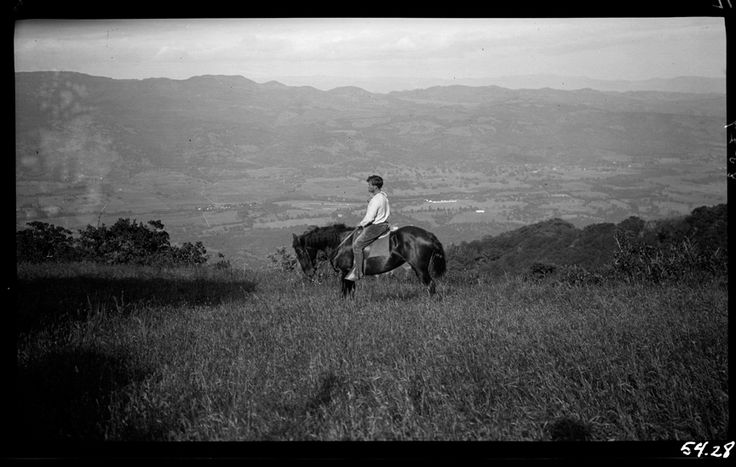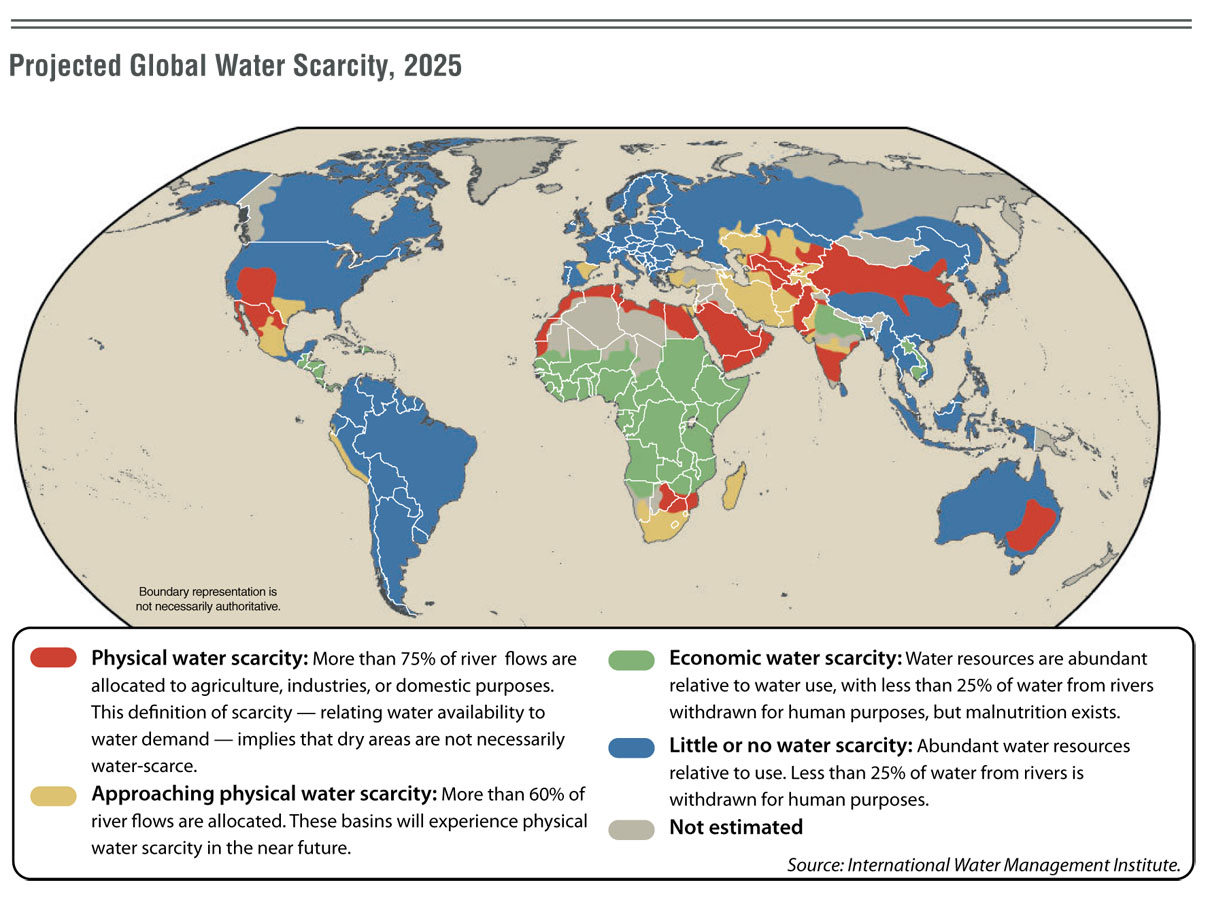Listen. Do you hear it? No, no, sit still and really
listen.
What sounds surround you? The chirping of a bird. Conversation at the table next to yours. The sound of an air conditioner or heater running. The snow falling light upon the ground. The voice of the still small voice inside your head. Someone telling you about their day, sharing their experience with you. Perhaps it's some combination of all of these. Or perhaps it's nothing at all, and you can bathe in the silence.
It's a topic that's been addressed so often that it has become a trope, but still, it's worth discussing. And better still, it's a perspective worth listening to. It's a topic dear to me, perhaps because of a propensity for silence that one might attribute to my introverted nature.
Regardless, examples of the importance of prioritizing listening abound, especially in a source as veritable as the Bible. In
James 1:19-20 (NKVJ) we find:
"So then, my beloved brethren, let every man be swift to hear, slow to speak, slow to wrath; for the wrath of man does not produce the righteousness of God."
First, James says that we must be "swift to hear, slow to speak..." James calls upon his "beloved brethren" to behave in this manner. We can surmise that James wished only the best for those close to him, and therefore, we can surmise this to be advice supplied lovingly to induce a positive outcome.
And we should look to James as a model on this topic, as a brother of Jesus who at one point did not believe in Him (
John 7:5). Obviously James listened to the witness of his brother, for he went on to be a devoted follower and martyr for the cause. As
Proverbs 11:14 (NKJV) states:
"Where there is no counsel, the people fall;
But in the multitude of counselors there is safety."
We can presume that part of what brought James to belief, in spite of doubts or differing opinions he may have held, was the steady counsel of his brother, Jesus. Listening can indeed do wonders.
Even devoid of specific examples, ask yourself whether it is better to be quick to hear and slow to speak, and you will intuitively feel it to be true. When we listen, we open ourselves up to hearing and experiencing truth, novel perspectives, and stories of others, all of which can help us to better navigate this world.
Notice also how James progresses from quickness of speech to wrath. It is unclear whether this is intended as a progression of states of being, but it seems a fair way to interpret it. The implication is that speech is closer to wrath than is the act of listening. When we are quick to speak, we risk drowning out the calming influence of measured thought, silence, and quiet, and can work ourselves into a fury.
When we do not listen, but only speak, we do not lend credence to the experience or perspective of others. Being adamant of speech insists that what you have to say is of more value and importance that what someone else might contribute. In this way, speech casts judgement; it can lead to wrath. If we are not careful, an insistence on our own perspective as inherently more worthy can even indicate the belief that you as a person are more valuable than others, not just your speech. This is dangerous, for once these feelings begin, it is difficult to learn from others as instincts lead us to become defensive.
Now I'm not advocating that you should never speak; that is not at all my intent. I am asking merely that we all learn to better weigh the benefits of speaking versus listening. Let's each examine the ratio at which we practice speech and silence. When we listen to each other, we can learn much and everyone can be lifted up. Take if from one of America's classic authors,
Ernest Hemingway:
"When people talk, listen completely...Most people never listen."
Thus, in listening intently, we set ourselves apart from the crowd. We mark ourselves as different. And we make for good friends. As
Sherlock Holmes remarks to Dr. Watson in one of his sleuthing adventures:
"You have a grand gift of silence, Watson...It makes you quite invaluable as a companion."
Sometimes all that we need is for someone else to listen. In listening, we share in others' triumphs, joys, fears, irritations, concerns, and lives. We allow each other to ask for advice, to reason through problems aloud, and to generally make sense of this complex world with each other. As Sherlock continues from the quote above:
"'Pon my word, it is a great thing for me to have someone to talk to, for my own thoughts are not over-pleasant."
The power of listening cannot be overstated. Taking the time to listen allows others to feel heard. It is an act of empathy, it is a humane act, it is an act of love to listen to another. For in listening, what we are really doing is showing respect to a fellow human being. We become not just participants in, but observers of, the world around us.





